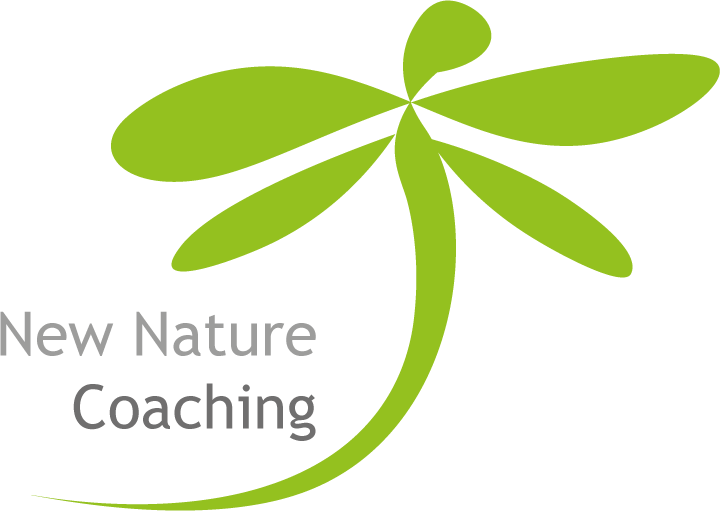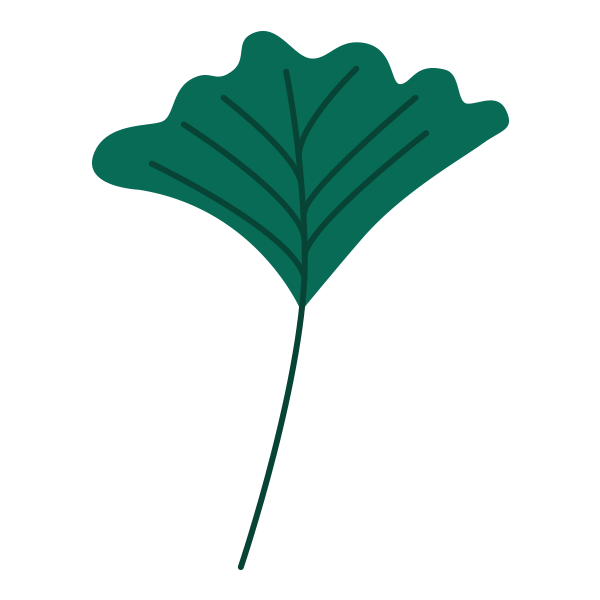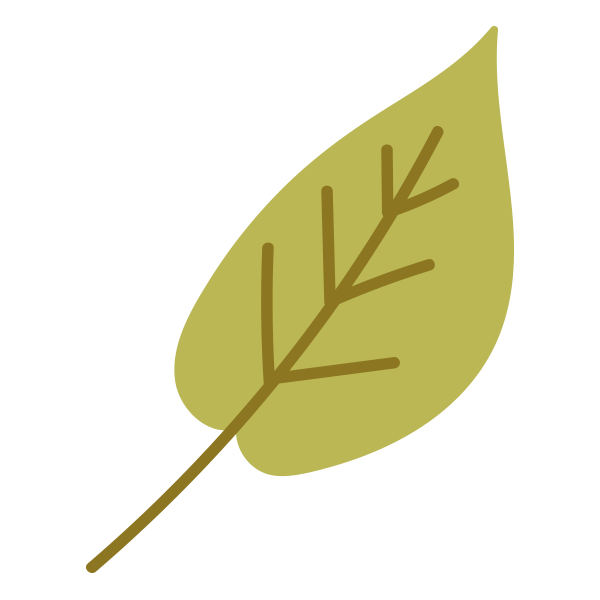– deze tekst is in het Engels, wordt nog vertaald –
For millennia indigenous people everywhere have known “how to die.” Their teacher was the natural world and, over many years and many generations, they learned their lessons well. Cycles of dying and rebirth were seen everywhere: the setting and rising of the sun, the turning of the seasons, the death of the elderly alongside the birth of a new generation. Ceremonial rites of passage emerged pan-culturally as an expression of these lessons well-learned. These rites supported individuals as they let go of one stage of life—the “little deaths”—and were “reborn” into the next. And these rites supported people as they prepared for the final transition, the big Death that awaits us all.




